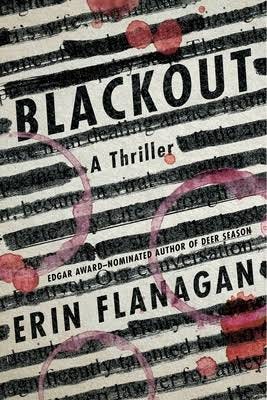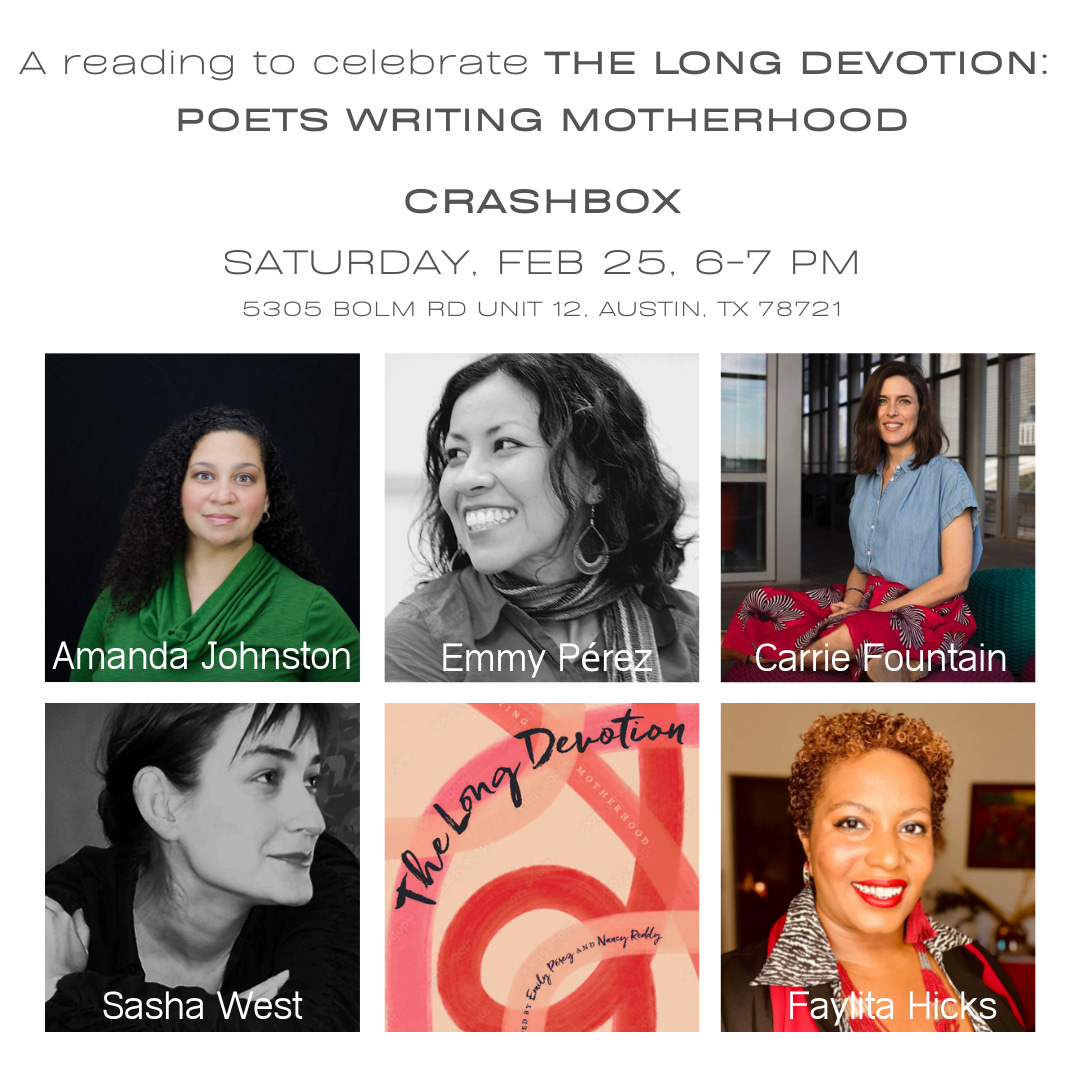497 hours
how tracking your writing can help you learn about your process + February intentions
Welcome to Write More! This is the last issue of the January Jump Start. So far we’ve talked about crafting a vision and making a vision board, listing what we’re working on and why, how counting can help you tell if you’re heading in the right direction, and we set up a spreadsheet to help you count your progress. Those exercises are all pretty quick, so if you’re just joining us, you might want to go back before diving in to today’s work: reflecting on how data can help you learn about your writing process.
If that sounds helpful and fun, subscribe here.
Let’s get right to it today. I’ve been talking about gathering data around your writing practice for years, but my reasons for doing that have shifted recently, and I owe a lot of that thinking to novelist Erin Flanagan, whose books and spreadsheets I talked about last week, too. So today I want to share a couple key things I learned from her and pose some questions you can use in your own writing practice in the coming month.
The big shift I’m making around data and writing has to do with what that data is for. For a long time, I’ve thought about tracking time and word count as a way of proving I’m working hard enough, or prodding myself to work harder and faster. And that way of framing your writing practice can quickly become self-defeating. Now I’m trying to think about gathering data as a way of learning about my writing process.
Here’s the data Erin shared with me that changed my mind: it took her 497 hours, over 22 minths, to write Blackout. The first draft took 13 months—but those 13 months were only 18% of her total writing time! Because she keeps such careful track of her writing time in a shared spreadsheet, she was able to look at that data and realize, for lack of a better word, that she’d been floofing around for much of that first draft. It wasn’t that the draft itself took a ton of time—it was that she wasn’t actually spending as much time writing during that first draft as she’d thought she was. Using that data, she was able to dramatically speed up the writing of her next novel, producing a first draft in just 2 1/2 months. Faster isn’t necessarily an unmitigated good, of course, but I love the way that analyzing her data allowed Erin to get through the part that’s especially hard for her faster so that she could dive into revisions more quickly.
What can you learn from your data?
February Intentions
As you set your intentions for your writing life this month, a suggestion: pose a question or two that you can answer by collecting data as you write through February. Erin’s questions might have been something like “how long does it take me to write a novel?” or “what proportion of my total writing time is for the first draft vs revisions?” And your questions don’t have to be about production—you might ask questions about how your writing practice feels.
A couple ideas:
How many hours a week can you typically make available for writing? (Erin shared that she aims to write 10 hours a week during the semester when she’s teaching—so you don’t actually need a million hours of writing time to get a lot of writing done. )
How many words can you generally write in an hour?
How long does it take you to write a particular text? (You might think especially about things you do somewhat regularly—pitches, newsletters, book reviews—as a way of learning about how much of that kind of work you have the capacity to take on.)
What length of time feels good for a writing session? (As in, how long does it take you to get into the groove, and how long can you sustain that momentum before you need a break?)
What questions are you asking about your writing life this much? How can collecting some data help you learn about your writing practice?
If this newsletter has helped you in your writing life, clicking the little heart at the top or bottom of this email will help other people find it!
other resources for harnessing the new year energy in your writing life
Laura Portwood-Stacer’s Manuscript Works Newsletter is aimed at academics, but I find her perspective on writing process frequently still relevant for creative work. I really liked this advice to “create conditions instead of setting goals.” In that post, she gives examples of how you might create conditions for success and observes that
You really can’t control whether your book gets offered a contract or whether editors will write back to your emails asking for a meeting. But you can make the effort on your end so that the conditions are ideal for those things to actually happen.
(This is similar to what we’ve talked about with lag and lead measures!)
Over at The Imperfectionist, Oliver Burkeman proposed a radical idea for 2023: cut yourself some slack:
The point here isn’t that it’s somehow inherently wrong to be interested in getting things done, accomplishing major projects, or achieving ambitious goals. What’s wrong is the idea so many of us seem to have absorbed that doing these activities is incompatible with enjoying yourself in the present. That there’s something intrinsically virtuous about putting fun on hold until later, and something intrinsically irresponsible about permitting yourself to relax here and now.
And the truth that continues to astonish me is that none of this is incompatible with being productive and accomplishing things anyway. On the contrary: it’s when I let go of the clenched-fist, furrowed-brow insistence that I need to get more done, or do things better, that I actually can accomplish more, and to a higher standard. Because now the stakes are so much lower – and because I’m no longer ruling out the possibility that the experience might be genuinely fun.
The Long Devotion comes to Texas in February!
My co-editor Emily and I both have Texas connections, and The Long Devotion has a ton of amazing Texas contributors, so we are really thrilled to be taking our little show on the road! We’ll be in Houston on Friday, February 24th for a reading at Basket Books, and we’ll be in Austin on Saturday, February 25th for a reading at the Crashbox Theater. Both events will feature a reading from the anthology and a conversation about the complex intersection of mothering and making art. I think anyone who's considering the tricky balance of work, caregiving, and creative work will leave encouraged and inspired.
The reading in Houston features Jasminne Mendez, Sasha West, Faylita Hicks, Raina León, and Yesenia Montilla.
In Austin, our readers include Carrie Fountain, Emmy Pérez, Sasha West, Jasminne Mendez, Faylita Hicks, and Amanda Johnston.
I’d really love to see you there!
Write More, Be Less Careful is a newsletter about why writing is hard & how to do it anyway. I’d love to hear from you. Reply to this email, comment below, or find me on twitter (@nancy_reddy) and instagram (@nancy.o.reddy).
If you’ve enjoyed this newsletter, I’d love it if you would share it or send it to a friend.









I’m mainly interested right now in tracking time spent. I don’t care so much how much I produce during the writing time, as long as I’m truly trying (toiling, let’s be honest) for an amount of time I’m comfortable with.
I love the idea of tracking time and data this way! I'm near the end of my current project (which took a little over 3 years, including some long breaks) but I will definitely implement some kind of tracking system for whatever I write next. Thanks for the great idea!